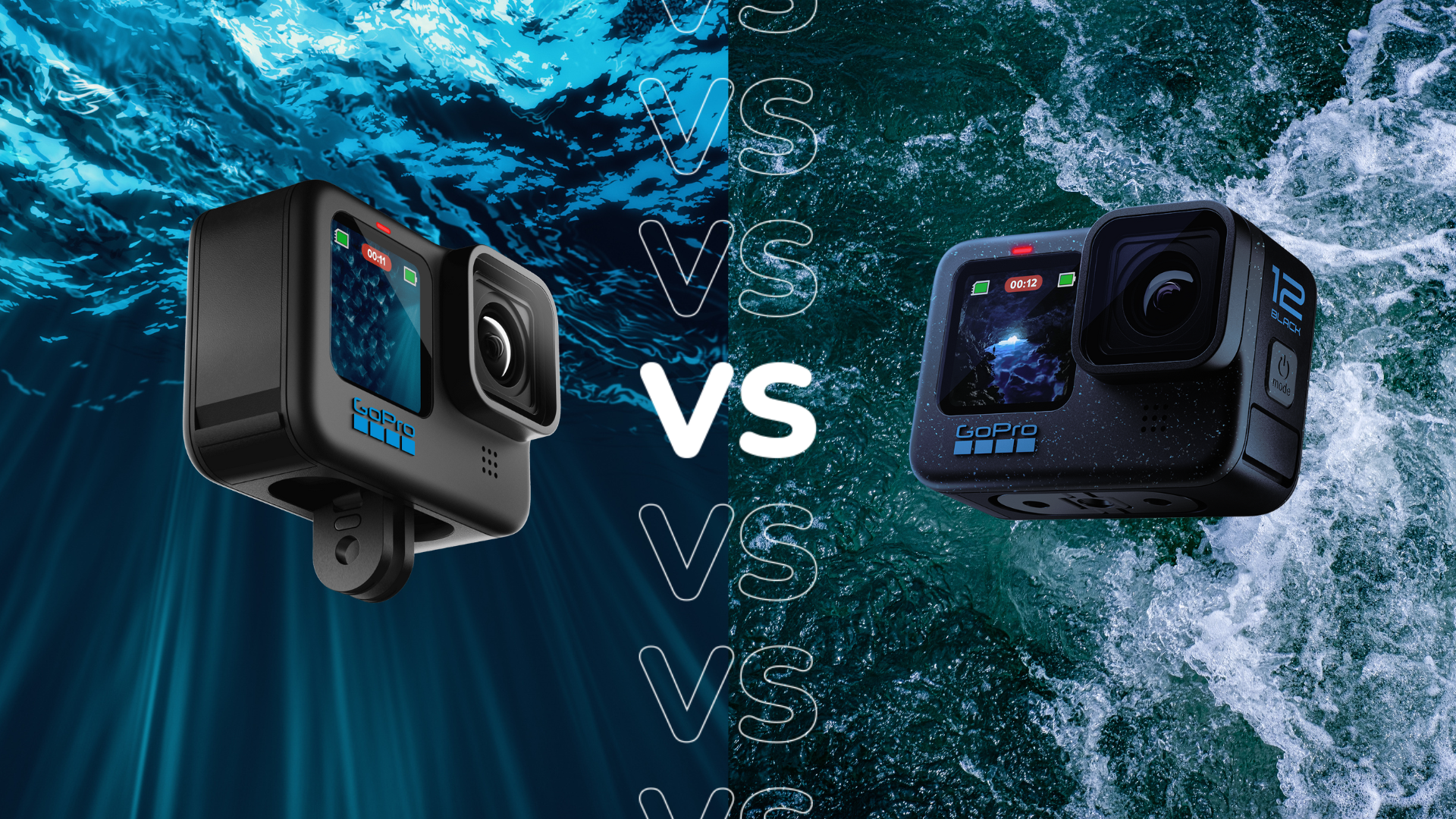Apple M3 Pro vs Apple M2 Pro: Which Pro is more powerful?

Apple’s Scary Fast event brought about a brand-new swathe of chipsets designed with content creatives in mind.
Apple blew us all out of the water with the announcement of three new chipsets during its Scary Fast keynote. The M3, M3 Pro and M3 Max will feature in the new MacBook Pro range, with the company offering more power than ever before.
With a brand-new chip family coming to the market, we wanted to take a look at how they compare to what came before, most notably, the M2 family. Today, we’re going to be looking at all the key differences between the iconic M2 Pro and M3 Pro chips so you can decide which upgrade is right for you.
The M3 Pro is built on 3nm architecture
One of the biggest upgrades to come to the M3 family is that they are built on industry-leading 3nm technology, a massive upgrade compared to the 5nm architecture that features on the M2 Pro.
Apple claims that this 3nm architecture will provide a 35% performance boost for the CPU compared to the M1, as well as a 65% faster GPU. Since the company has not directly compared these new chips to the M2 series, we cannot offer any exact numbers in terms of boosts, but it looks like the M3 Pro will be the more powerful chip when compared to the M2 Pro.

More GPU cores in the M2 Pro
The M2 Pro can be configured with up to a 19-core GPU. Interestingly, the M3 Pro can only be configured up to an 18-core GPU; despite the core count being lower, the improved architecture should still allow for some performance boosts, so don’t be put off by the smaller number.
Apple claims that the M3 Pro will provide a 40% faster performance than the M1 Pro and a 20% uptick compared to the M2 Pro. This should make it the best option for content creatives, as the beefed-up GPU should be able to handle more complex and intensive tasks than its predecessor.
Dynamic Caching features on the M3 series
Another feature that has been introduced alongside the M3 series is Dynamic Caching, a GPU feature that should make the chips better suited to gamers and creatives alike. Apple claims that Dynamic Caching can allocate the use of local memory in real time, which should ensure that a precise amount of memory is used on any particular task.
This feature is implemented on all three M3 chipsets, but it is not supported on the M2 family, including the M2 Pro. This may make the M2 Pro models less alluring for those interested in engaging in intensive workloads since it won’t be able to dedicate specific memory as efficiently as its successor.

The M2 Pro is currently available in more devices
Since the M2 Pro chip has been in the public eye for a lot longer than the M3 Pro, it makes sense that it features within more hardware. The M2 Pro can be found on the last-generation MacBook Pro laptops as well as the refreshed Mac Mini.
At the time of writing, the M3 Pro can only be found in the latest MacBook Pro models, although it’s entirely possible that it will crop up in more devices as time goes on. As a small bonus, the M3 Pro and M3 Max versions of the MacBook Pro can also be found in a brand-new colourway, Space Black.







